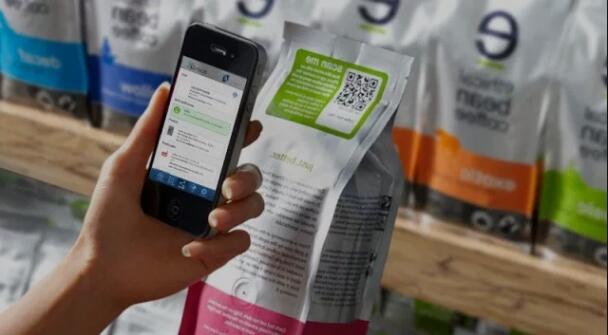
Counterfeit products are a growing problem for businesses all over the world, resulting in huge economic losses and even possible harm to consumers. The effects of counterfeiting are felt in a variety of industries like pharmaceutical, food, beauty, technology, among others. This has led to strengthened efforts to prevent and stop it, but counterfeiting continues to wreak havoc. There are, however, ways that you can fight back to protect your brand and products with anti-counterfeiting strategies and tamper evident seals.
Growth of the Anti-Counterfeiting Packaging Market
Labels and packaging play a crucial role as the first step in thwarting counterfeiters, which is why the anti-counterfeiting market (including anti-tampering and authentications technologies) is growing with no signs of slowing down. According to the Anti-Counterfeiting Packaging Market report from MarketsandMarkets Research:
The global anti-counterfeit packaging market was estimated at USD $107.26 billion in 2016 and is projected to reach USD $206.57 billion by 2021.
The food and beverages market is estimated to be the fastest-growing segment during the forecast period (2016–2026). The primary reason behind the high demand for anti-counterfeit packaging in the food and beverage industry is due to growing demand for packaged and branded products.
Asia-Pacific is projected to account for the largest share in anti-counterfeit packaging market in 2021 due to their growing economies and increasing awareness about counterfeit products.
As long as there are counterfeit products damaging brands and harming consumers, the anti-counterfeiting labels and packaging market will continue to grow and evolve. One of the first steps brand owners can take towards protecting their brand and protect is learning about various anti-counterfeiting techniques so they can find a solution that will work best for them.
Anti-Counterfeit Labels and Packaging Techniques To Know
There are two main types of anti-counterfeiting techniques for labels and packaging which are often used together to create a comprehensive security solution. Overt and covert features are noticeable and hidden details, respectively, that make it easier to detect fakes and increase traceability across the supply chain, and harder to counterfeit products. Depending on a brand owner’s needs and resources, they can use overt, covert, or both. Examples of overt and covert techniques include:
2D Barcodes: A two-dimensional (2D) barcode looks like a square or rectangle and contains many small, individual dots. The two most popular types are Quick Response (QR) Code and DataMatrix but there are other options available. According to GS1, “A single 2D barcode can hold a significant amount of information and may remain legible even when printed at a small size or etched onto a product. 2D barcodes are used in a wide range of industries, from manufacturing and warehousing to logistics and healthcare.”
Watermarks: Varying in visibility, watermarks are images or patterns that are embedded into the design of a package or paper to authenticate products and support brand identity. Not only are they used for packaging, but also postage stamps, currency, and other government documents. Watermarks can be generic or customized using a logo, brand name, or other symbology.
Microtext: Like watermarks, microtext is used to authenticate products. Extremely small text, codes, or symbols are very hard to replicate or copy without using advanced detection and printing equipment. Microtext can be inserted into overt images, larger text, and other design elements without being noticeable to the naked eye. Since microtext is indiscernible, counterfeiters would be unaware that it exists or where to look.
Holograms: Often confused with “holographic,” the two are quite different. A hologram is a three-dimensional image formed by the interference of light beams from a laser or other intense light source. Holographic is a patterned foil material used to print labels, stickers, tags, etc. Hologram technology is popular for anti-counterfeiting because it can incorporate various data forms and product tracking information.
RFID Tags: “Radio frequency identification” (RFID) technology uses radio waves to automatically identify people or objects. According to RFID Journal, “There are several methods of identification, but the most common is to store a serial number that identifies a person or object, and perhaps other information, on a microchip that is attached to an antenna.”
There are other anti-counterfeiting techniques out there so you’re certainly not limited to these options. You may not be able to stop counterfeiters, but using one or more anti-counterfeiting techniques (along with tamper evident seals and packaging) can make it harder for them to damage your brand and trick consumers.